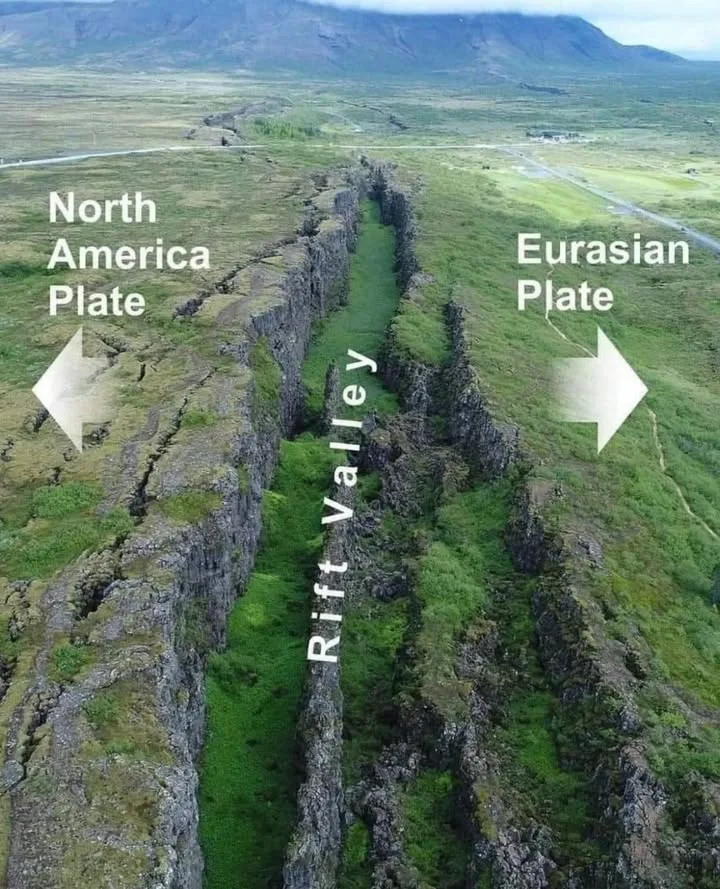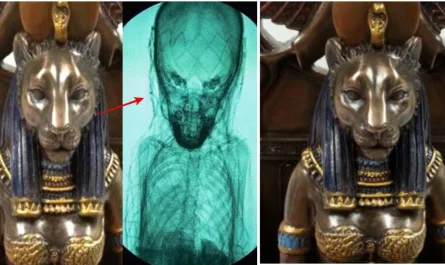A billion-year-old hidden rift beneath North America nearly split the continent in two, revealing a catastrophic chapter in Earth’s history.

Scientists have uncovered a massive ancient geological feature beneath the Midwestern United States — a billion-year-old rift valley that nearly split the North American continent in two. This monumental scar, known as the Midcontinent Rift, formed approximately 1.1 billion years ago when tectonic forces began pulling the continent apart. The findings build on research detailed in a 2013 study published in Nature, which sheds light on this incredible episode in Earth’s tectonic history. Although the rift never fully succeeded in breaking the continent, it left behind a lasting imprint on the landscape and the crust beneath.
The Birth and Structure of North America’s Hidden Rift
The Midcontinent Rift stretches in a horseshoe shape from Kansas northward to Lake Superior and then south again to Michigan. At its peak, this geological feature extended roughly 1,900 miles (3,000 kilometers) and formed a basin comparable in size to the modern Red Sea. The rifting began as tectonic plates started pulling apart, causing magma to rise and flood the fissure with molten rock. This process created vast deposits of basalt, a dense volcanic rock, as lava rapidly cooled and solidified within the rift valley.
Today, most of the rift lies buried beneath thick layers of sediment and is invisible to casual observers. However, near Lake Superior, dramatic outcrops of basalt and copper-rich rocks appear, remnants of the volcanic activity that defined the rifting period. These rocks have been mined for thousands of years and remain a key economic resource in the region.
A Spectacular Geological Failure
Despite the scale and intensity of the rifting process, it stopped abruptly after about 100,000 years — a geological blink of an eye. The exact reasons why the rift failed to progress to a full continental breakup remain a subject of scientific debate. Some hypotheses link the halt to tectonic forces acting elsewhere on the continent, such as mountain-building episodes along the Atlantic coast. Others suggest changes in mantle dynamics or the opening of a sea between the ancient cratons Laurentia and Amazonia contributed to the failure.
G. Randy Keller, a geophysics professor emeritus and director of the Oklahoma Geological Survey, described this phenomenon as “a spectacular failure.” He explained in the Nature article, “How that feature could just totally reorganize the crust of the Earth in the Lake Superior region and not manage to break the continent apart is fairly amazing.” This striking paradox highlights the complex interplay of forces shaping Earth’s crust over deep time.
Lasting Geological and Economic Impacts
Though the Midcontinent Rift did not succeed in splitting the continent, its legacy endures in both geological formations and natural resources. The volcanic rocks and sedimentary deposits formed during and after the rifting phase created unique structures that influenced the region’s topography and mineral wealth. Copper mining, particularly on Michigan’s Keweenaw Peninsula, traces its origins back to this ancient volcanic activity.
Additionally, modern researchers have begun exploring new resource opportunities associated with the rift. Basalt’s interaction with water can generate hydrogen, a clean energy source, drawing renewed interest from energy companies in the Midwest. This demonstrates how ancient geological events continue to influence scientific and economic endeavors today.





